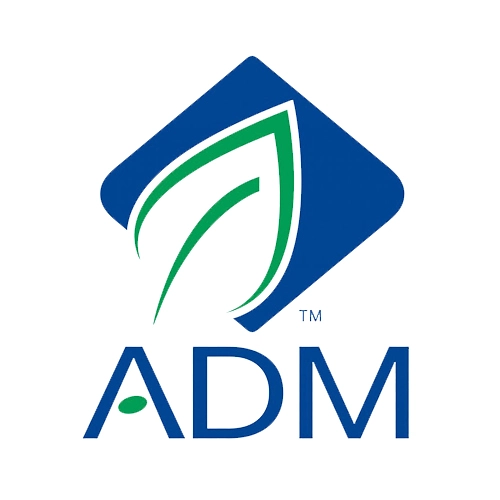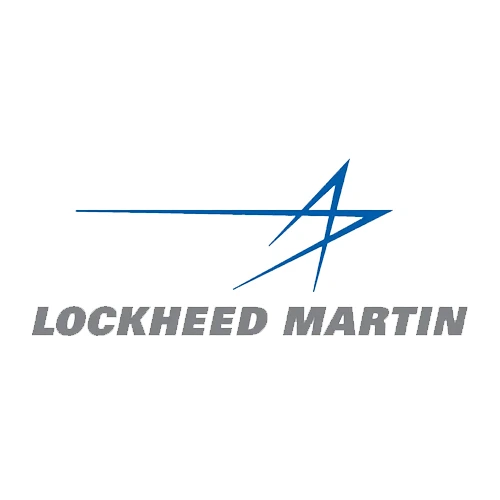
Managing Speed Limit Signs with Radar Technology
The open road, a symbol of freedom and adventure, has been a part of the human experience for over a century, and embracing radar technology to manage speed limits offers tremendous opportunities for transforming the future of road safety. While challenges exist, they are surmountable through careful planning, collaboration, and public education.
As we move towards a more connected and autonomous transportation landscape, integrating radar-powered speed management systems will play a significant role in creating safer, smarter roads. In this blog post, we’ll take a closer look at speed limit signs with radar technology and discuss why they’re important, what challenges they face, and how they might shape our future on the road.
What Are Radar-Powered Speed Management Systems?
Radar-powered speed management systems use advanced sensors and cameras to detect vehicles’ speeds and display real-time information to drivers. These systems can be integrated into existing speed limit signs, creating smart signs that adapt to changing traffic conditions. By leveraging artificial intelligence and machine learning algorithms, radar technology can identify patterns in driving behavior, predict potential hazards, and alert drivers to take corrective action.
Challenges and Concerns
While speed limit signs with radar technology offer numerous advantages, there are also some concerns and challenges that must be addressed.
- Privacy Issues
Some people might feel uneasy about being constantly monitored by radar technology, raising privacy concerns. To alleviate such worries, it’s essential to emphasize that these systems only track speed data; they do not collect personal information or footage. Moreover, strict data protection policies can be implemented to safeguard drivers’ privacy.
- Cost
Setting up these signs can be expensive, especially for smaller towns or cities with limited budgets.
- Maintenance
Like all electronic devices, these signs need regular maintenance to work correctly. If they break, they might not function properly.
- Public Perception
To successfully implement speed limit signs with radar technology, public awareness campaigns are vital. Educating drivers about the purpose, benefits, and limitations of these systems will foster greater acceptance and cooperation. Clear messaging can allay fears and promote a positive view of radar technology as a valuable tool for enhancing road safety.
Benefits of Speed Limit Signs with Radar Technology
- Safer Roads
Radar-powered speed signs help make roads safer. They do this by reminding drivers to drive at the right speed, which lowers the chances of accidents. Think of them as friendly reminders that keep everyone on the road safe.
- Adaptability
Unlike regular signs that always show the same speed limit, these special signs can change the speed limit depending on what’s happening. For example, if the weather is bad or the road is really busy, the signs can tell drivers to slow down. It’s like having a sign that looks out for you in different situations.
- Less Pollution
These signs also help keep the air we breathe cleaner. They do this by preventing sudden stops, which start when people drive too fast and then have to slam on the brakes. By keeping traffic flowing smoothly, they reduce the amount of fuel cars use. When cars use less fuel, there’s less pollution in the air, which is good for the environment and for our health. It’s like helping our planet stay clean and green.
Conclusion
The road ahead may be unpredictable, but with radar-equipped speed limit signs guiding the way, we can look forward to a future where our highways and byways are not just roads but dynamic, adaptable ecosystems designed for the well-being of all travelers. They will facilitate the seamless interaction between human-driven and self-driving cars, contributing to the safety and efficiency of mixed-traffic environments.
FAQ’s
Q.1 What is Radar-Powered Speed Management Technology?
Ans: Radar-Powered Speed Management Technology is a system that uses advanced sensors and cameras to monitor vehicle speeds and display real-time information to drivers. It can be integrated into speed limit signs, creating smart signs that adjust to changing traffic conditions.
Q.2 How do speed limit signs with radar technology enhance road safety?
Ans: These systems use artificial intelligence and machine learning algorithms to identify driving patterns, predict potential hazards, and alert drivers. By reminding drivers to maintain safe speeds, they reduce the risk of accidents.
Q.3 What are the main challenges of implementing radar-powered speed limit signs?
Ans: The main challenges include concerns about privacy, the cost of implementation, and the need for regular maintenance to ensure the proper functioning of the technology.
Q.4 What is the primary benefit of speed limit signs on roads?
Ans: Radar-powered speed limit signs make roads safer by reminding drivers to follow speed limits, thereby reducing the chances of accidents.
Q.5 How do these signs adapt to changing traffic conditions?
Ans: Unlike traditional signs with fixed speed limits, radar-equipped signs can change speed limits based on real-time conditions, such as bad weather or heavy traffic, to ensure safer driving.
Q.6 How do speed limit signs with radar technology help reduce pollution?
Ans: By preventing sudden stops and starts caused by speeding, these signs help reduce fuel consumption. Less fuel consumption means less pollution in the air, making our environment cleaner and healthier.





















